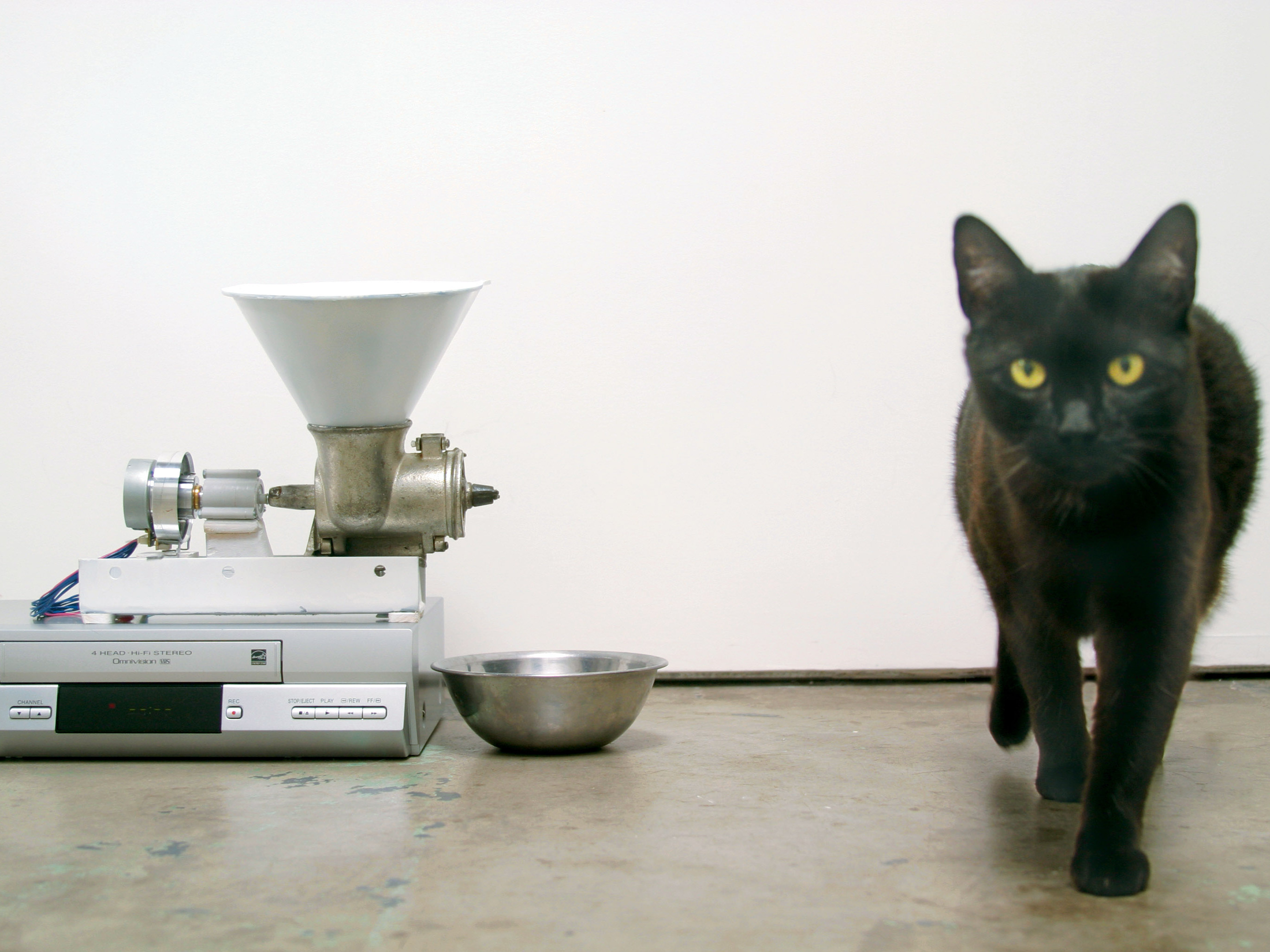(Continued from previous step)
Recording tab sensor. This detects whether a videocassette’s record-enable tab is present. It’s usually a little leaf switch. Use adhesive tape to hold it in the “pressed in” position, or else connect or break the switch’s contacts as appropriate.
Spindle motion sensors. These sense whether the cassette’s reels are moving at a normal speed, triggering shutoff if the tape jams or breaks. The right-hand spindle always has one of these, but the left may not. One workaround is to drive spindles from the capstan by using rubber bands as pulleys.
Mode switch. This usually looks like a cog with electrical connections, and it tells the VCR’s microcontroller the device’s current state (Play, FF, REW, etc.). For this switch, as well as some tape-loaded and spindle motion sensors, there’s too much variation among VCR models to permit any sure advice. Different models of VCR exhibit huge variations in system design and in what sorts of misuse they will tolerate. You’ll just have to experiment both electrically and mechanically to get around these.
If nothing else works, try to determine what happens when an ordinary videocassette is loaded, and re-create these events by manually twiddling the spindles with your fingers, simulating the tugging that a tape would do. You’ll need to observe your VCR operating, and identify which bits of the mechanism are in what position, and which internal switches, sensors or optical systems are in use.
I like to think of it as a puzzle which gradually teaches you how your VCR works. And once it’s done, your pet can look forward to happy days of automatic feeding!


